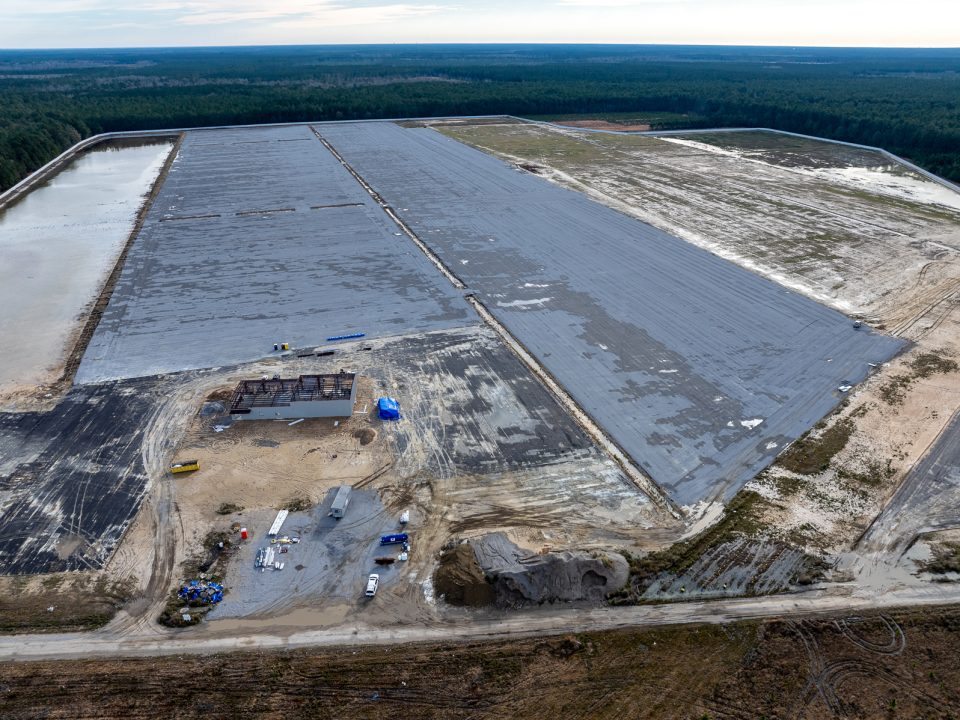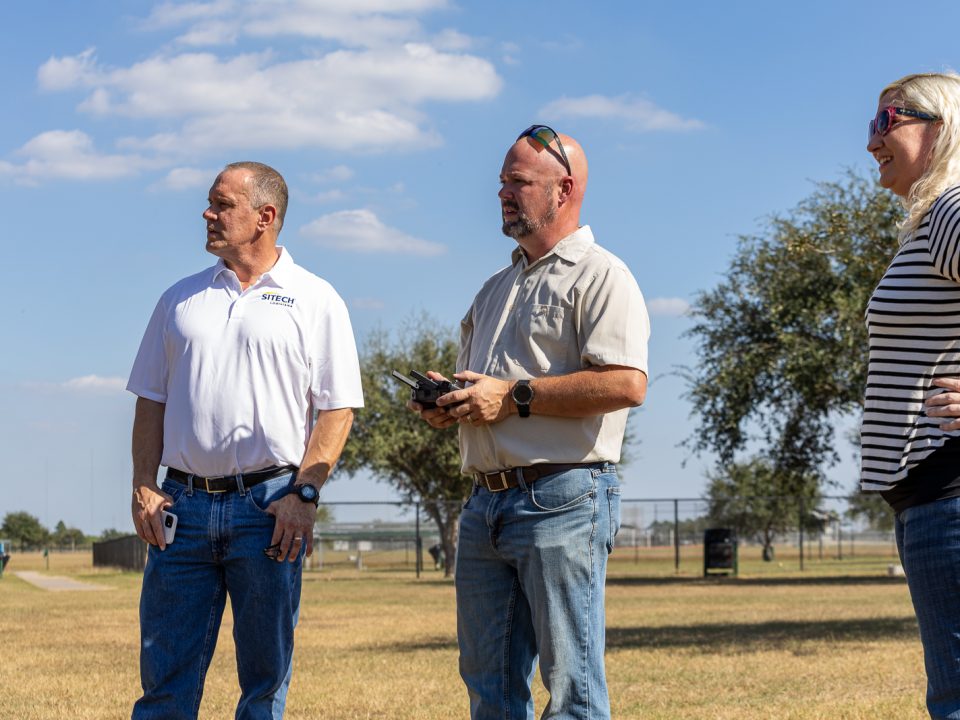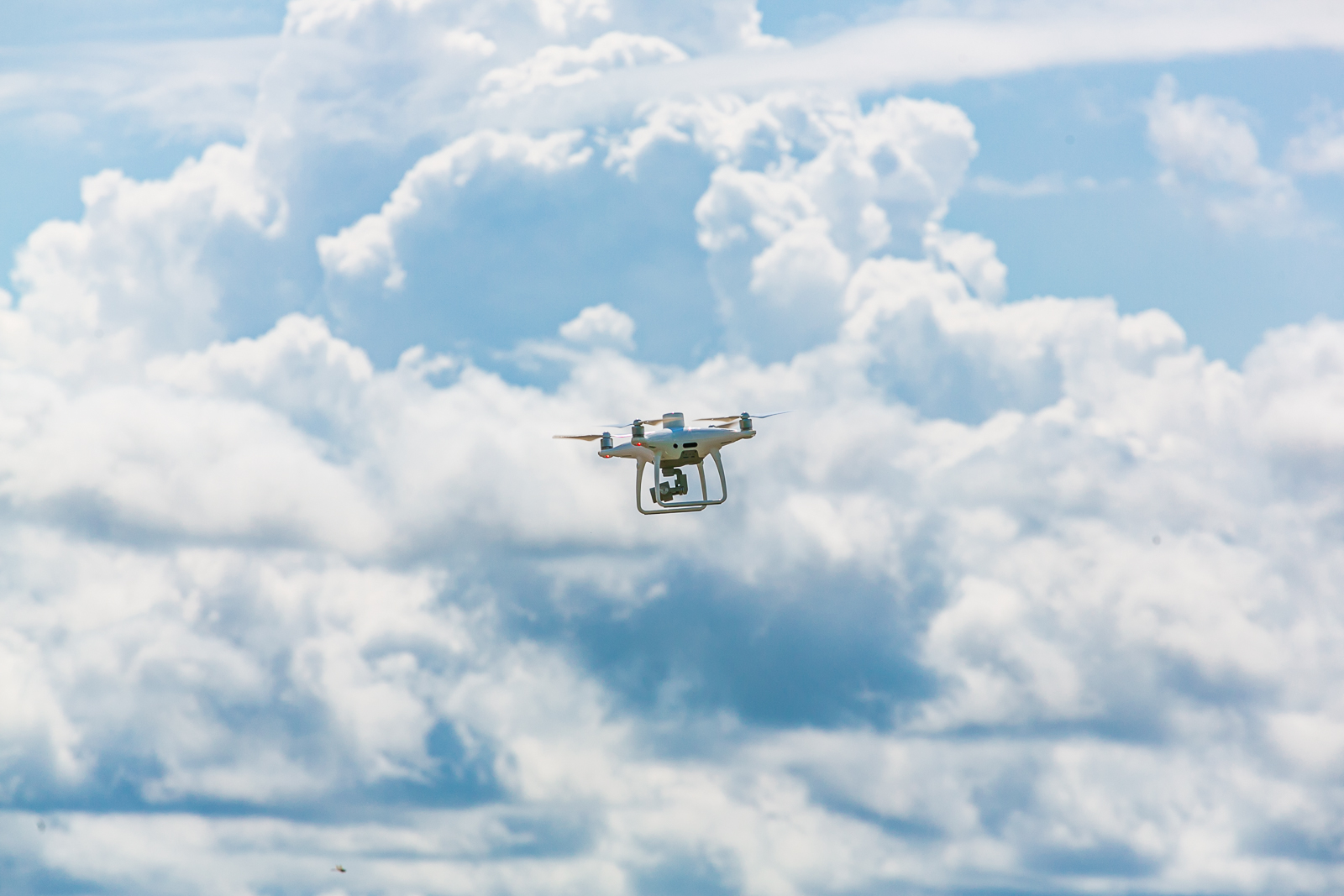
How Drones Can Positively Impact Your Business
May 10, 2023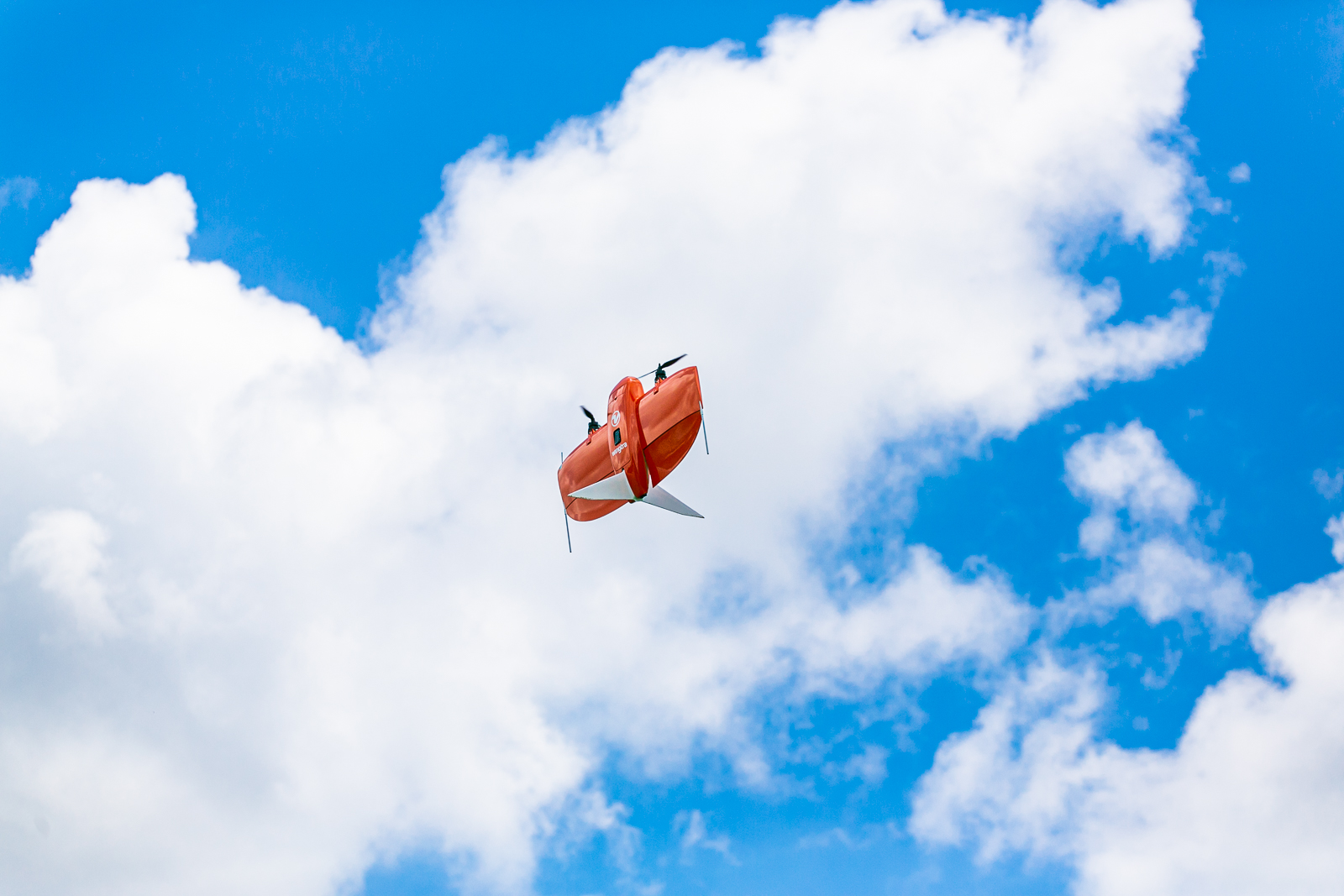
Enhancing Site Efficiency with SITECH’s Drone Technology
May 15, 2024Drones have transcended their origins as recreational toys or tools for aerial photography. Today, they’re at the forefront of innovation in various industries, especially construction. Their ability to capture high-resolution images, survey vast areas and navigate complex environments has made them indispensable assets for construction professionals worldwide.
As technology continues to evolve, the potential for drones to revolutionize the construction industry is virtually limitless. In this article, we’ll delve deep into the current state of drone technology in construction, examine recent advancements and peer into the future to envision how drones will continue to shape the construction landscape.
The Current Landscape: Drones in Construction
Before we leap into the future, let’s take a moment to appreciate the transformative impact that drones have already had on the construction industry. From pre-construction surveys to ongoing site monitoring and inspections, drones have become essential tools for improving efficiency, safety and project outcomes.
Pre-Construction
Pre-construction surveys conducted by drones provide detailed topographical data, enabling engineers and architects to make informed decisions during the planning and design phases. These surveys are faster, more accurate and less disruptive than traditional surveying methods, allowing construction projects to get off to a more efficient start.
Construction
During the construction phase, drones play a crucial role in monitoring progress, ensuring compliance with design specifications and identifying potential issues before they escalate. They can capture high-definition images and videos of construction sites from various angles, providing project managers with valuable insights into work progress, resource utilization and safety compliance.
Safety
Moreover, drones excel in conducting inspections of hard-to-reach or hazardous areas, such as tall structures, bridges or rooftops. Equipped with advanced sensors and cameras, they can detect structural defects, identify safety hazards and assess the condition of infrastructure with unparalleled precision.
Results
In essence, drones have become indispensable assets for construction companies, helping them save time, reduce costs and improve overall project outcomes. However, as impressive as their current capabilities may be, the future holds even greater promise for drone technology in construction.
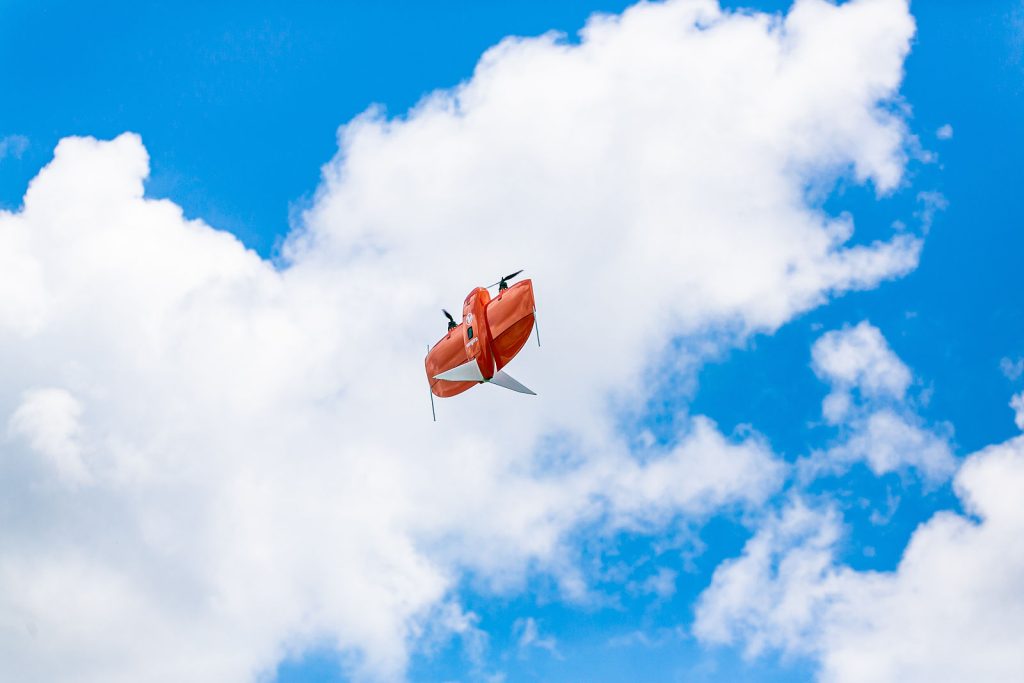
Autonomous Drones: Pioneering Efficiency and Automation
Imagine a fleet of drones buzzing around a construction site, each one autonomously performing its designated tasks without human intervention. This is the vision of autonomous drones, a revolutionary advancement that promises to redefine efficiency and automation in construction.
Autonomous drones leverage cutting-edge technologies such as artificial intelligence, machine learning and advanced sensors to navigate complex environments and avoid obstacles. Whether it’s conducting site surveys, monitoring progress or delivering materials, these drones can operate seamlessly, optimizing workflows and minimizing human intervention.
The implications of autonomous drones for construction are profound. They have the potential to significantly accelerate project timelines, reduce labor costs and enhance safety by eliminating the need for workers to perform dangerous tasks in hazardous environments.
Additionally, autonomous drones can operate 24/7, providing round-the-clock monitoring and data collection capabilities that surpass human capabilities. This continuous stream of data enables construction companies to make real-time decisions, anticipate challenges and proactively address issues before they escalate.
Imagine a construction project where autonomous drones conduct regular inspections of structural components, detecting potential defects or deviations from design specifications. Upon identifying an issue, the drones alert project managers and provide detailed reports, allowing corrective action to be taken promptly, thus preventing costly delays or safety incidents.
AI Integration: Unleashing the Power of Data
The proliferation of drones in construction has resulted in a deluge of data—images, videos, point clouds and sensor readings—that can overwhelm even the most seasoned professional. The key challenge lies in extracting actionable insights from this wealth of information—an endeavor that is both time-consuming and resource-intensive.
This is where artificial intelligence (AI) comes into play. AI-powered software solutions are being developed to analyze drone data quickly and accurately, transforming raw data into actionable insights that drive informed decision-making.
AI algorithms can analyze aerial imagery to identify construction progress, quantify material stockpiles and detect deviations from design specifications. They can also detect safety hazards, such as unsecured equipment or potential fall risks, and generate automated alerts for immediate attention.
Furthermore, AI integration extends beyond data analysis to enable predictive maintenance of drones themselves. By monitoring performance metrics and detecting signs of wear or malfunction, AI algorithms can schedule maintenance tasks proactively, minimizing downtime and maximizing operational efficiency.
Collaboration with Augmented Reality: Enhancing Visualization and Collaboration
Augmented reality (AR) is another emerging technology that promises to complement drone technology in construction, enhancing visualization, collaboration and decision-making.
AR applications overlay digital information onto the physical world, providing construction professionals with immersive visualizations and real-time insights. By integrating drones with AR devices such as smart glasses or tablets, onsite personnel can visualize construction plans and visualize progress in 3D.
Imagine a scenario where a project manager puts on a pair of AR glasses and sees a holographic overlay of the construction site, complete with real-time data from drones and other sensors. They can visualize the current state of the project, identify potential conflicts or discrepancies and make informed decisions on the spot.
Additionally, AR-enabled drones can be used for remote inspections and virtual walkthroughs, allowing stakeholders to explore construction sites from anywhere in the world. Whether it’s conducting virtual site visits or training personnel on safety procedures, the possibilities are endless with AR-enhanced drone technology.
Looking Ahead: The Future of Drone Technology in Construction
As we look to the future, the potential of drone technology in construction is boundless. From autonomous drones that revolutionize project management to AI-driven analytics that optimize decision-making, the possibilities are endless.
The future of construction technology is here, and drones are leading the way. By embracing the latest advancements in drone technology, construction companies can gain a competitive edge, drive efficiency and deliver projects of unparalleled quality.
Want to learn more about how you can use drones for your next project? Contact SITECH Louisiana today to see how we can help.


